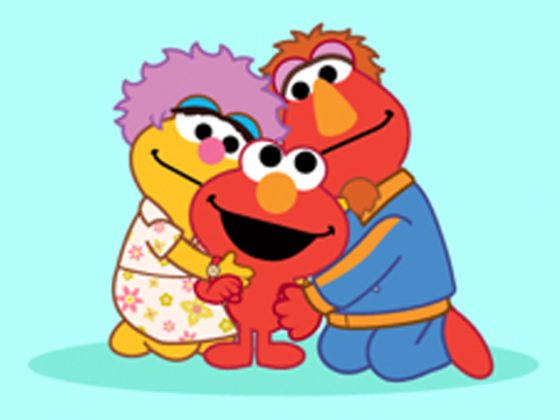
How to Recognize and Respond to Big Feelings
An article for families to help recognize and respond to your child’s big feelings.
When a child is having big feelings, it can be hard for them to pinpoint what the problem is (it can be hard for grown-ups, too!). Very young children especially may lack a developed “feelings vocabulary” which can make it hard for them to communicate what they’re feeling. Children need help from grown-ups to learn what feelings look and sound like, and what to call them.
How do I recognize big feelings in my child?
Recognizing when your child is experiencing strong emotions can help us communicate more empathetically and effectively. But recognizing big feelings can be tricky. Every child expresses their feelings differently. It’s important to look for changes in behavior that seem out of character for your child. You can also watch children for signs of stress. In preschool, these may include fear of being alone, bad dreams, “accidents” or constipation, bed-wetting, changes in appetite, or an increase in temper tantrums, whining, or clinginess.
The printable lists a few more things you might look for, and some ways you might respond.
Responding to my child’s big feelings
If your child is having big feelings, first, let them know that their feeling is okay. Then put a name to their feeling (mad, sad, worried, etc.), and remind them that feelings come and go—this one won’t last forever. Then explain that there are things they can do to express and release their big feeling: They could take a deep breath, draw a picture of his feeling, sing a song, or stomp their feet. Finally, offer comfort. Your extra hugs and reassurance can go a long way.
Remember, it’s important to address big feelings sooner rather than later. When we respond to a child’s big feelings in the moment—by offering comfort, listening, or providing a way to release the energy—we can mitigate the negative effects of stress.
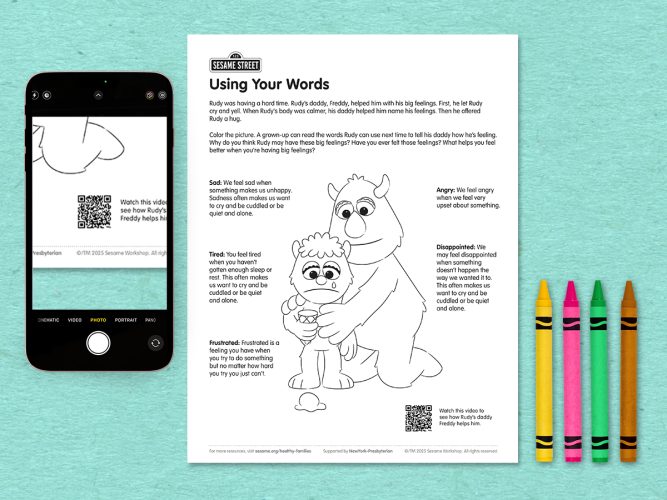
Using Your Words
A coloring page helping children explore words for big feelings.
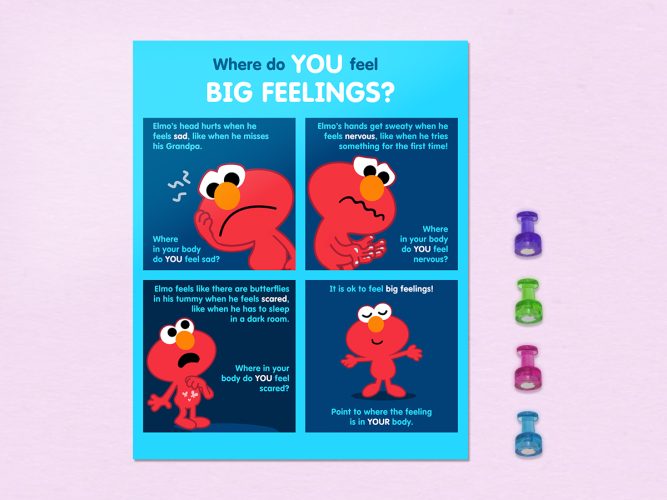
Where do you feel big feelings?
Use this graphic to start a conversation with your child about big feelings.
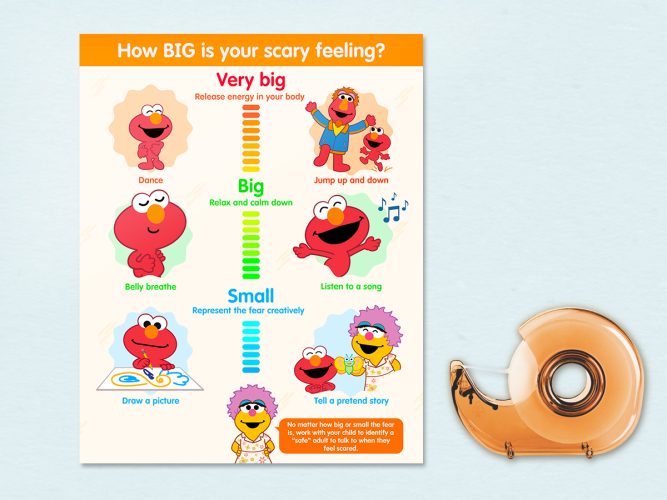
How Big is Your Feeling?
A scale to figure out how big your child’s feelings are.
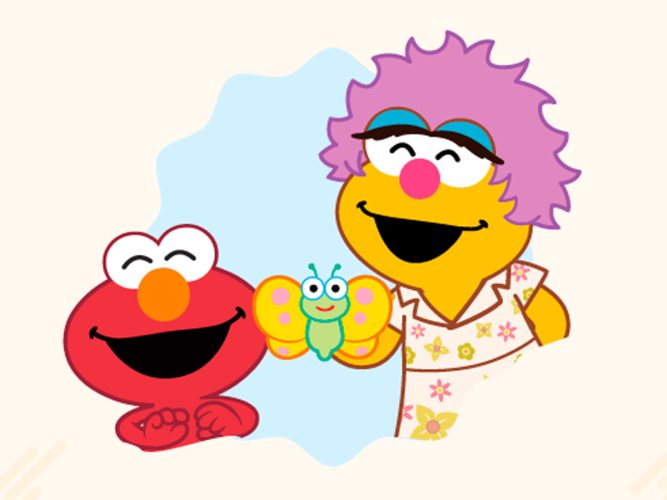
Coping with Fear
A printable about identifying fear-related behavior and how to respond.
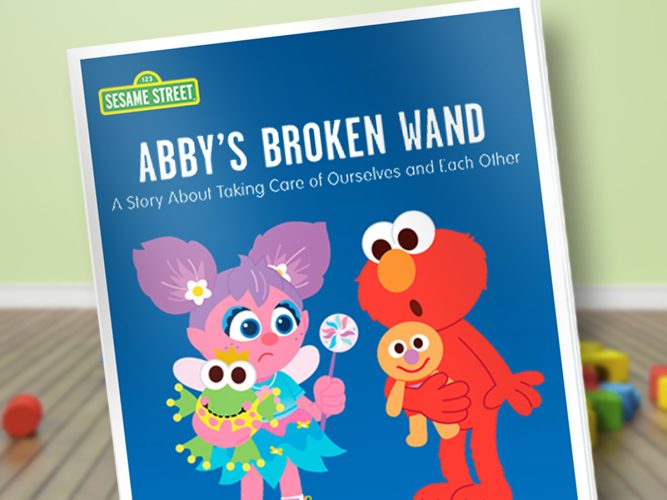
Abby's Broken Wand
A storybook featuring strategies to help children cope with big feelings.
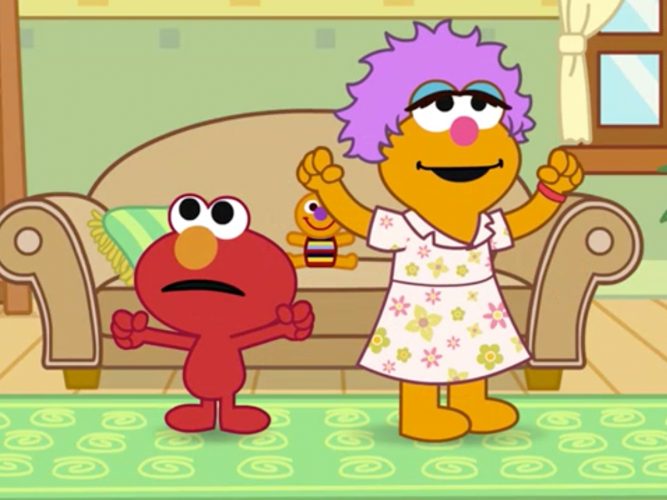
How to Manage Big Feelings
We can help children notice, name, and manage their big feelings.
